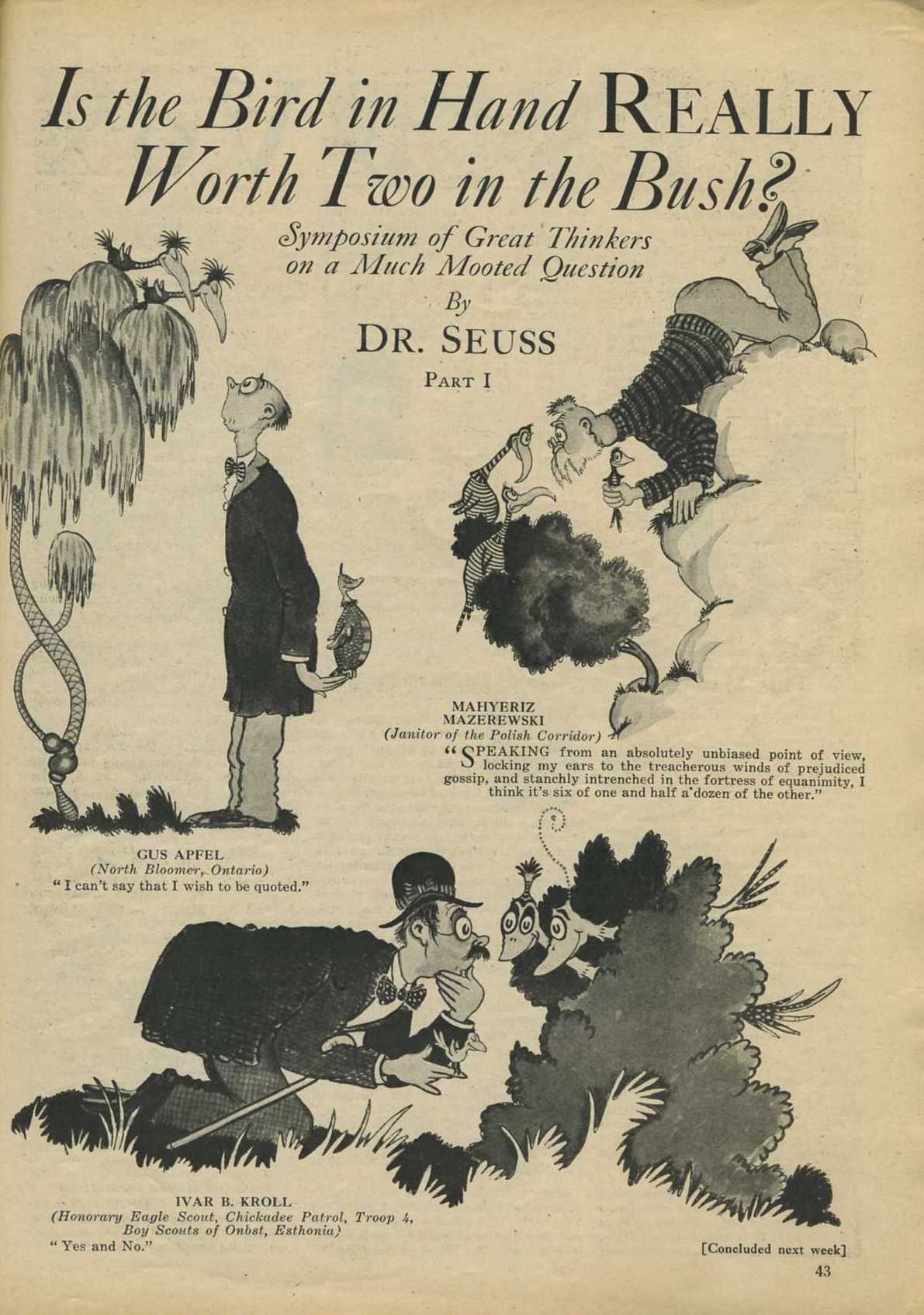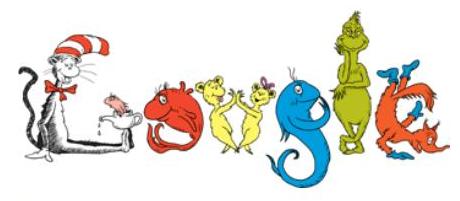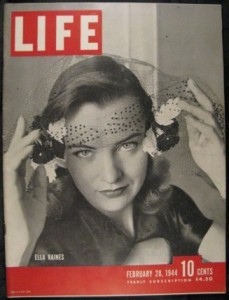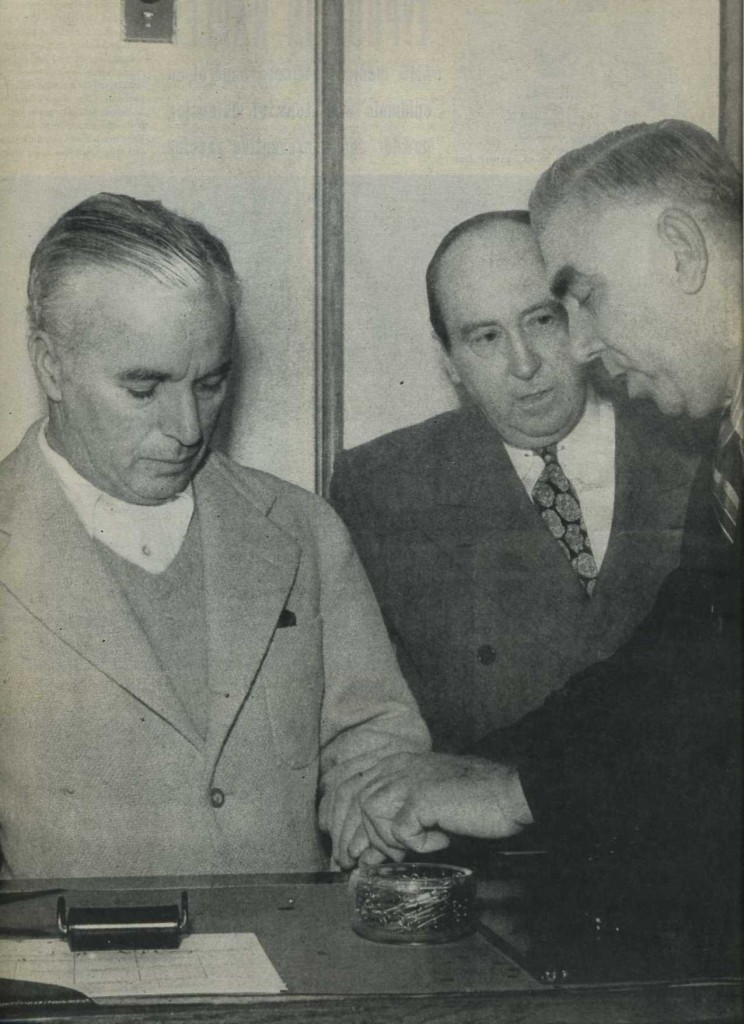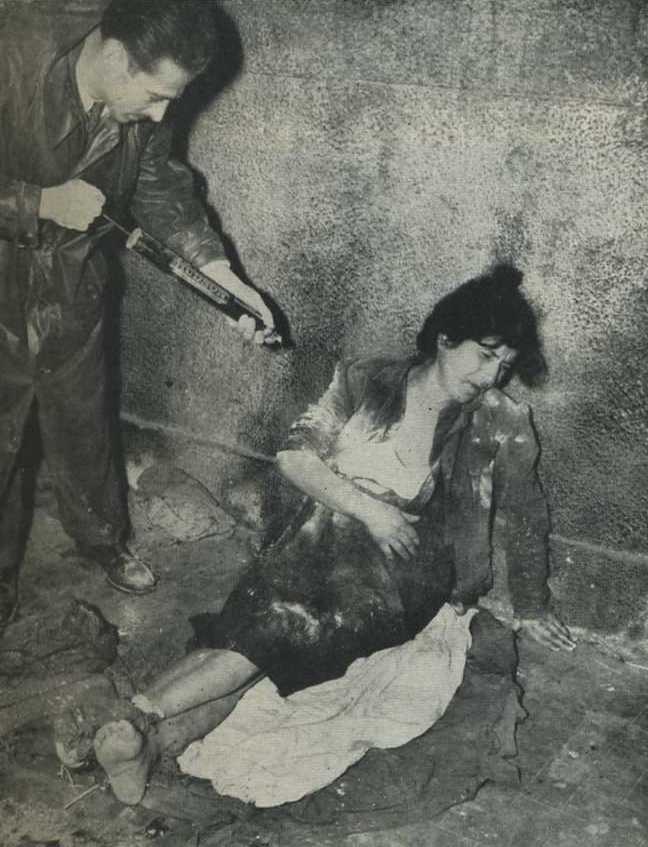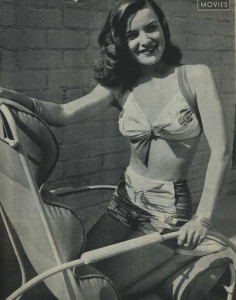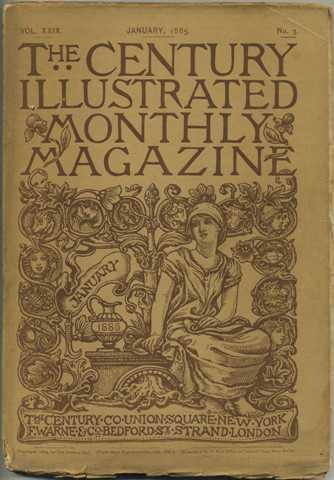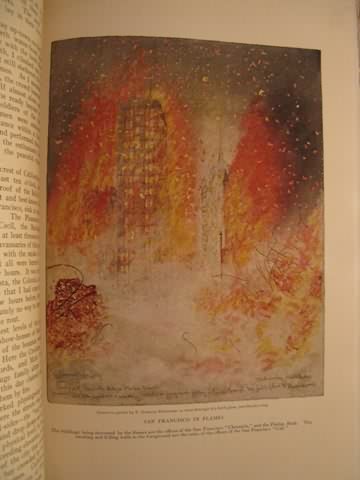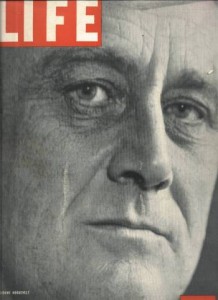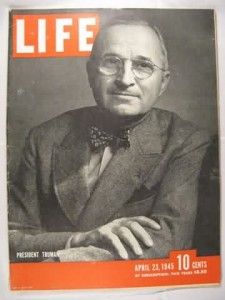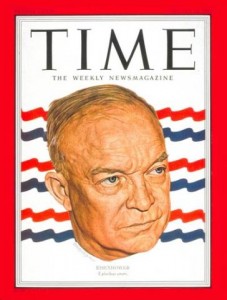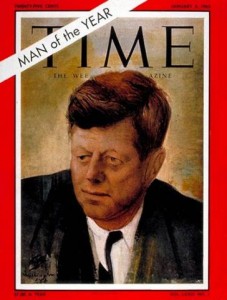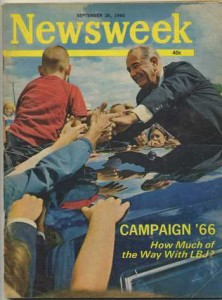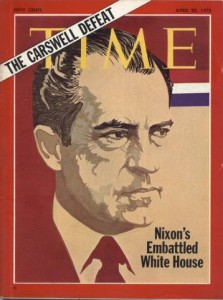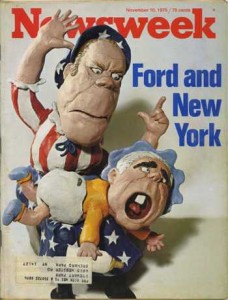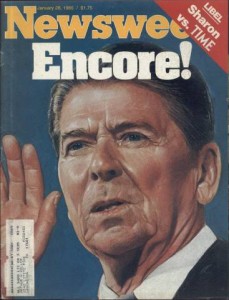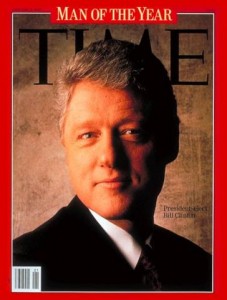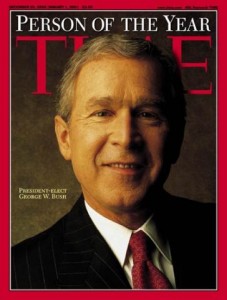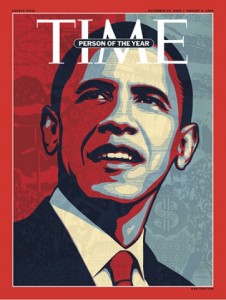Time to spend our 15 cents and pick up a copy of Collier’s Magazine, dated today, March 10, 1951, after all, how could we resist the pleading eyes of Mrs. A. Vien’s Boston Terriers, shown in the first image below.
There’s a note on the contents page that these doggies are father and daughter and that Mrs. Vien, of Irvington, NJ, developed this particular strain through five generations of breeding. I didn’t see another word about the Terrier’s throughout this issue, so if the only reason you bought this issue was in response to them eyes, well, you’ve been had.
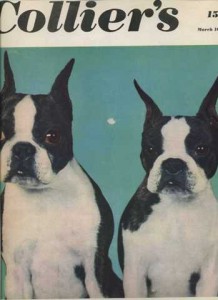
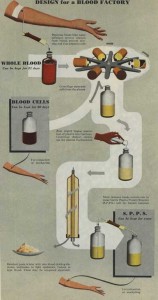
To give a general idea of the writers and illustrators active at this time, fiction this issue is as follows:
- Hero’s Holiday by Harry Sylvester and illustrated by John Pike
- The Sky’s For Birds by Graham Doar and illustrated by John Floherty, Jr.
- The Corpse Was in the Countinghouse, Part 2 of a story serialized over 5 issues, by Erle Stanley Gardner and illustrated by Tran Mawicke
- Reverse Formation by S.W.M. Humason and illustrated by Mauro Scali
- Dynamite! is the Short Short Story and is by B.M. Atkison, Jr. with illustration by Robert Bugg
Are the Major Leagues Strangling Baseball? is an article by Francis Wallace who says the minor leagues are answering yes to the title question with the future of the game hinging on a solution to the “TV-Radio Problem.” The text is really overshadowed here by the always excellent illustrative work of Willard Mullin, who besides cartooning for The Sporting News was a regular in Collier’s sporting articles during this period.
Some Nostradamus named Frank Lawrence is quoted here as saying “Television will be baseball’s cancer if present policies continue–and IF baseball survives radio, which has become its heart trouble.” You around, Frank? Sorry, that’s not fair, actually Mr. Lawrence’s quote was the common complaint of the day.

Treasure hunters seek pirate gold off the coast of Florida’s beaches. The story largely focuses on Florida’s Assistant Attorney General…and treasure hunter…Ralph E. Odum, who has supplied us with this colorful map:

The Personal Memoirs of Herbert Hoover continue this issue with an entry titled “I Never Wanted to See Europe Again,” by former President Hoover himself, this is part four and discusses his days pre-Presidency, in the teens, as director of Belgian relief.
Former Chairman of the Atomic Energy Commission (resigned February 1950) David E. Lilienthal asks a good question and scares the hell out of us at the same time with his article “When and Where Do We Drop the A-Bomb?” The fifties were such cheery times, here’s the articles opening:
If Russia were to bomb Detroit, New York, Seattle or Washington, or otherwise directly attack the United States, we would have no choice but to strike back with the only force we have to meet such an attack, the terrible power of A-bombs.
Lilienthal then pulls back some and does a much better job of reading the tea leaves than our baseball buddy above:
The chances are that the Russians will continue their policy of gradual encroachment, of indirect aggression, of using their allies and dupes to front for them, and die for them; always short of open attack upon us.
Then he gets a little wound up again:
Should we use the bomb against the Chinese Communists, in Korea or in China itself?
If Indochina is about to go under the Communist heel, should we attempt to save it with the A-bombs?
If the East Germans,in obedience to their Soviet masters, move to take over West Germany, should we try to stop them by using the A-bomb either in Germany or Russia itself?
…There is no quick and easy answer to questions such as these…
Lilienthal’s confusion seems to come from being in a new kind of war he can’t quite succinctly define:
The question now is, not are we “at war” but what kind of war? Can it be limited in scope? Have we any alternatives short of A-bombs and direct conflict?
Finally, Lilienthal pulls himself back again before turning his piece over to a biology of the bomb itself:
The frantic demands that the A-bomb be used every time we face trouble are based upon a dangerous misconception of the power of the bomb. While the atomic bomb is a great weapon, it is neither absolute nor decisive. It would not relieve us of the painful necessity of raising an Army…The atomic bomb is not an all-purpose weapon.
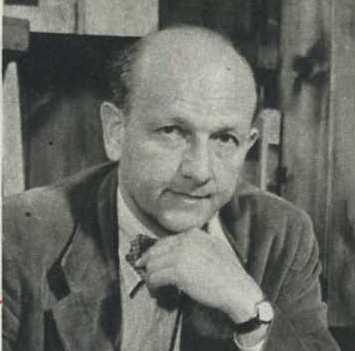
Military Miniatures is a fun two page spread for those with a collector’s bent like us. It features James Gregg, Jr. with several color photos of his toy soldiers on display. One of the photo captions notes “Prices range from 25 cents to $50 apiece.” More than a mere collector, Gregg operates one of the few stores in the country exclusively devoted to miniatures, and he pays Manhattan rent doing so! Like many underground hobbies back in their formative years Gregg sent out a catalog of two-inch figures to a list of 8,000 collectors across the U.S., Britain and France.
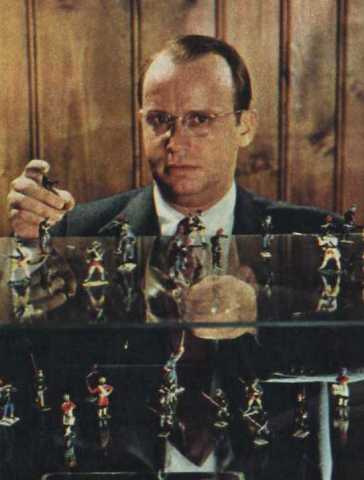
The back of the issue is filled with about half ads and half text continued from the articles and stories begun towards the front of the magazine. Also, interspersed throughout are small cartoons, of which we’ll sample one by Bob Barnes:
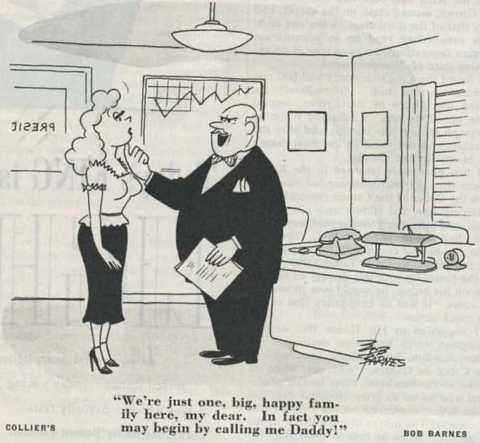
I have a feeling Barnes might have somewhere new to send his work once a certain still-published men’s magazine begins its run in 1953.
If you’d like to learn more about Collier’s Magazine you can see the collector’s history I wrote up some time back on Collecting Old Magazines.
